Sophistication in the smallest things
The Japanese have long demonstrated their ingenuity and consistency in transforming cultural values into products. Mount Fuji - a sacred symbol not only present in poetry, paintings, photography and cinema but also "transformed" vividly into hundreds of souvenir products, from candles, gloves, pens, key chains to candy, notebooks and phone cases.
 |
The image of Mount Fuji is transformed into Japanese souvenirs. |
In particular, the designs are uniform in image, color and aesthetic standards, helping Japanese souvenir products to be highly recognizable and easily spread.
 |
Unified images and colors contribute to increased recognition of Japan. |
China also built a system of symbolic products in a similar way. Just a small hydrangea - a symbol often appearing in opening and inauguration ceremonies - has been created into a complete set of products. From Peking Opera masks, peony motifs to traditional mascots, all are standardized in design, used effectively in diplomatic activities and international events. Their thinking is consistent, each souvenir tells a story about history, culture, and people. That is the starting point of a national brand.
 |
Hydrangeas are messengers of Chinese culture to the world . |
Vietnam has rich intangible cultural resources and a diverse handicraft industry that is among the best in the region. Each craft village and each region is a resource for developing culturally significant souvenirs. However, the current situation shows fragmentation, lack of connection and depth in the way of doing things.
At many tourist destinations, souvenir products are still at a popular level: keychains printed with famous landscapes, industrial embroidery paintings or mini conical hats are repeated over and over again, failing to convey the distinct nuances of each region and also failing to create a deep impression of the Vietnamese cultural brand.
The story of teacher Vi Thi Ai in Tua Chua district (Dien Bien) is a typical example. She brought more than 20 pao fruits and hair ties from the local women's association to Hanoi. These are meticulously hand-embroidered products but sell for only a few tens of thousands of dong. She wanted to develop the pao fruit of the H'Mong people into a modern symbol with more diverse designs, but no one guided her.
Meanwhile, countries like Bhutan have introduced similar items such as festival masks and hand-embroidered scarves as national gifts, appearing in international fairs as a spiritual representation of the nation.
 |
Teacher Vi Thi Ai wants to diversify souvenir products from the H'Mong people's pao fruit. |
Need for national strategy for souvenirs
Strategically, souvenirs are a powerful and visual cultural communication channel. In Korea, the Korea Creative Content Agency (KOCCA) under the Ministry of Culture, Sports and Tourism is responsible for supporting the planning, production, distribution, and bringing to overseas markets a variety of content genres such as K-Pop, dramas, games, comics, animations, influencers, fashion, etc. to promote Hallyu (Korean Wave) and Korean cultural content to international markets.
Every year, KOCCA organizes a selection of creative cultural products to invest in, standardize and put into the national promotion ecosystem. Items such as Hanbok dolls, traditional masks, ceramic tea sets... are all associated with core cultural symbols and are exploited synchronously: from souvenirs at museums to gifts at international events.
Not only a product, each item is also accompanied by media to create a ripple effect. In Vietnam, KOCCA has also coordinated to organize many events to introduce Korean culture in Sa Pa, Hue, Hanoi... with booths displaying cartoon characters, traditional symbols with standardized images - something that Vietnamese souvenirs still lack. Each small gift is a story, and each story creates a brand impression.
It is time for Vietnam to have a national strategy for souvenirs. Currently, efforts to develop souvenir products in Vietnam are still small-scale, with occasional city-level gift design competitions, some local OCOP booths or small workshops in Hoi An, Sa Pa, Hue, etc. In the rest, many places improvise, making products inconsistent and not leaving a deep impression. These models are positive but lack cohesion and a national sponsorship mechanism to guide and develop them into cultural brands.
 |
The Hmong pao fruit contains many values. |
To elevate souvenirs to national brands, there needs to be interdisciplinary coordination between culture, tourism, industry and trade, diplomacy and communications in building a set of cultural symbols representing each region and each field. Monuments, cuisine, costumes, beliefs, etc. can all be exploited as a design foundation for designers, artisans and businesses to develop in-depth souvenir products. A set of core cultural symbols can be formed from monuments (Temple of Literature - Quoc Tu Giam, One Pillar Pagoda, Turtle Tower of Hoan Kiem Lake, Central Highlands communal house, etc.), costumes (ao dai, pieu scarf, etc.) to religious items (bronze drums, con balls, opera masks, puppets, etc.).
 |
A comprehensive strategy is needed to develop the souvenir industry from national cultural resources. |
An important step that cannot be skipped is standardizing the design process, materials, craft techniques, and accompanying cultural stories. Each product needs to have a clear label, describing the name, origin, meaning, region, etc.
In fact, many gift products from Japan or Korea, although made from simple materials, tell a meaningful story about the origin of the materials, the manufacturing process... thereby enhancing the value, making the recipient appreciate and cherish the gift as part of the national cultural heritage.
In addition, souvenirs need to be present at international cultural “touch points” such as airports, museums, Vietnamese cultural centers abroad, world tourism fairs, diplomatic centers, etc. A professional distribution and communication network will help bring products beyond local borders to become national cultural symbols.
In the digital age, technology can help spread quickly, but identity makes the difference. From the Hmong pao fruit to the Thai brocade bag or the red flag with yellow star charm hanging on the backpack of an international student… all can become a brand platform if properly cared for. Each small gift is not simply a commodity but a message of Vietnamese culture sent to international friends.
Source: https://nhandan.vn/thuong-hieu-van-hoa-quoc-gia-tu-nhung-mon-do-luu-niem-post882344.html


![[Photo] Vice President Vo Thi Anh Xuan, French President Emmanuel Macron and his wife visit Hanoi University of Science and Technology](https://vphoto.vietnam.vn/thumb/1200x675/vietnam/resource/IMAGE/2025/5/27/267b6f2bdf3e46439f081b49f6ec26b1)


![[Photo] Hungarian President begins official visit to Vietnam](https://vphoto.vietnam.vn/thumb/1200x675/vietnam/resource/IMAGE/2025/5/27/ab75a654c6934572a4f1a566ac63ce82)






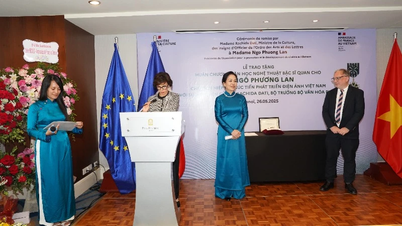


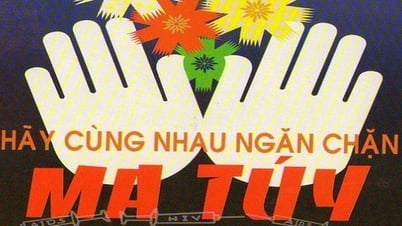






![[Photo] Hungarian President begins official visit to Vietnam](https://vphoto.vietnam.vn/thumb/402x226/vietnam/resource/IMAGE/2025/5/27/ab75a654c6934572a4f1a566ac63ce82)


![[Photo] Reluctantly at the closing ceremony, 9th grade students say goodbye to teachers and school](https://vphoto.vietnam.vn/thumb/402x226/vietnam/resource/IMAGE/2025/5/27/fb1101f6a51e4c079379a16a7b96d59c)
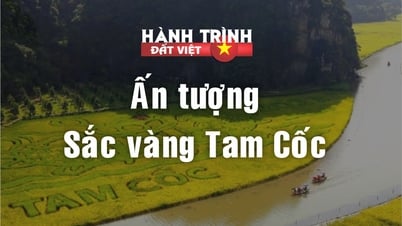

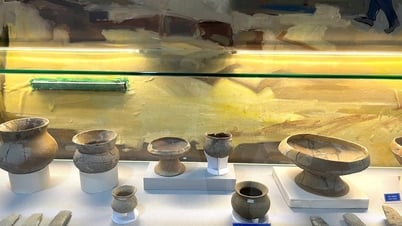



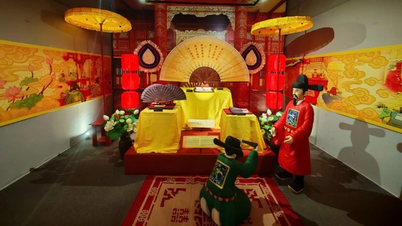
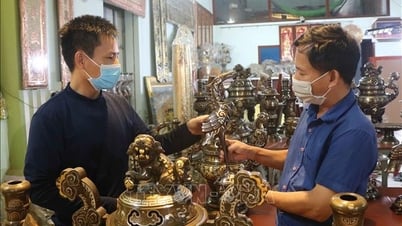
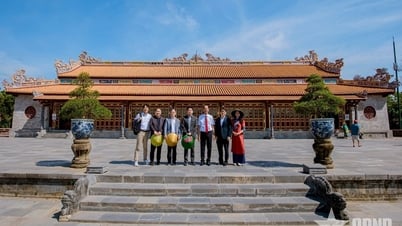



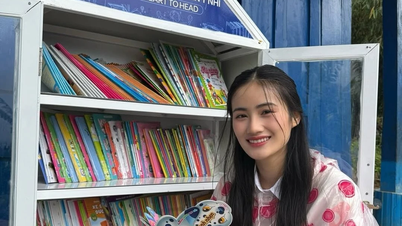

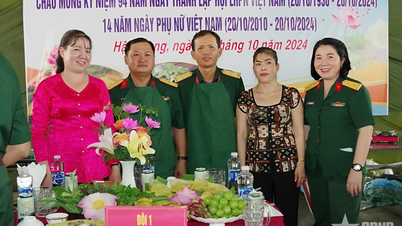










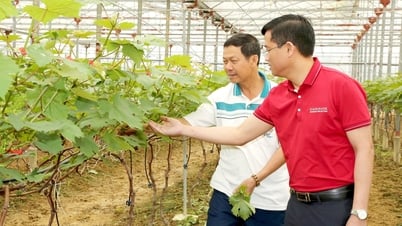


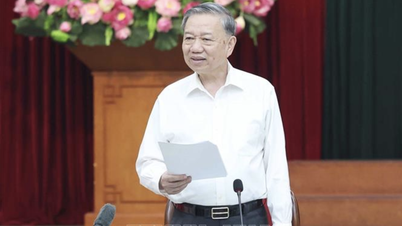
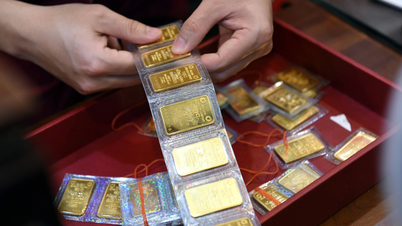




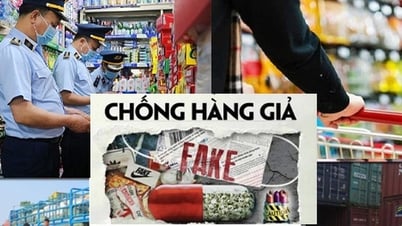




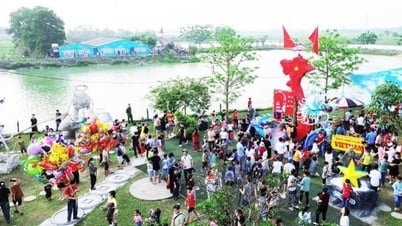



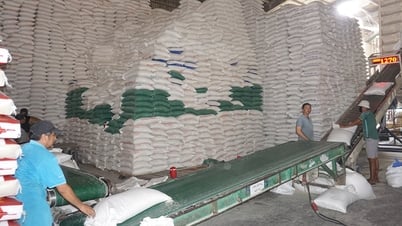


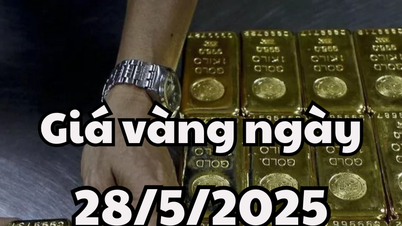






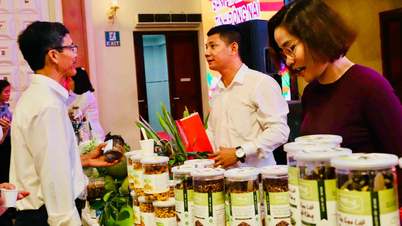

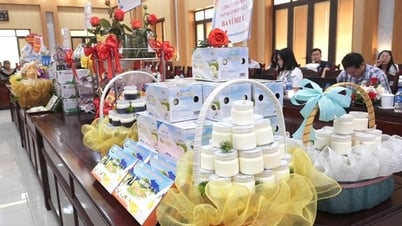

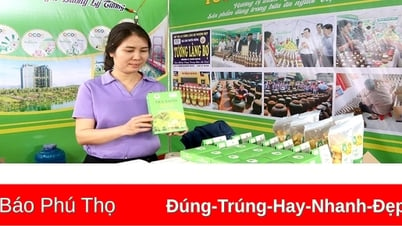

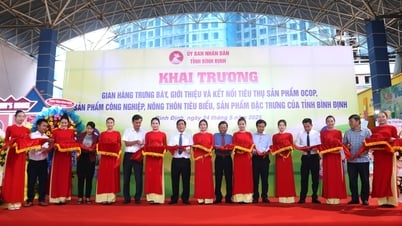



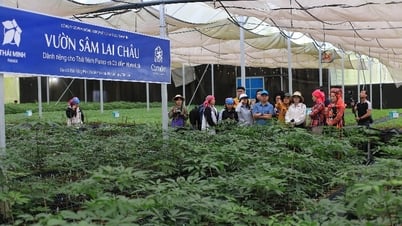

Comment (0)